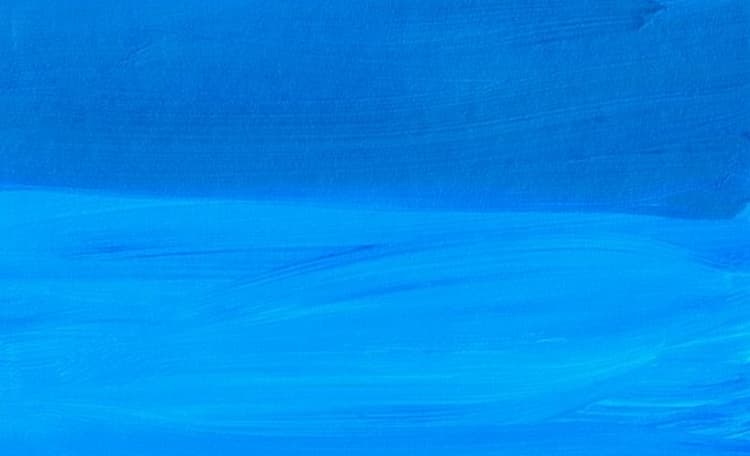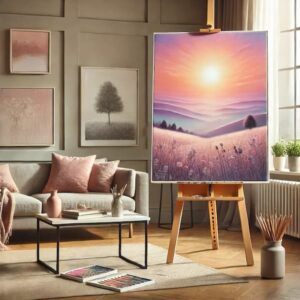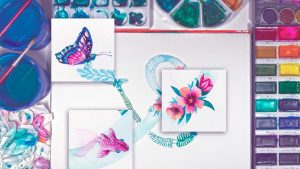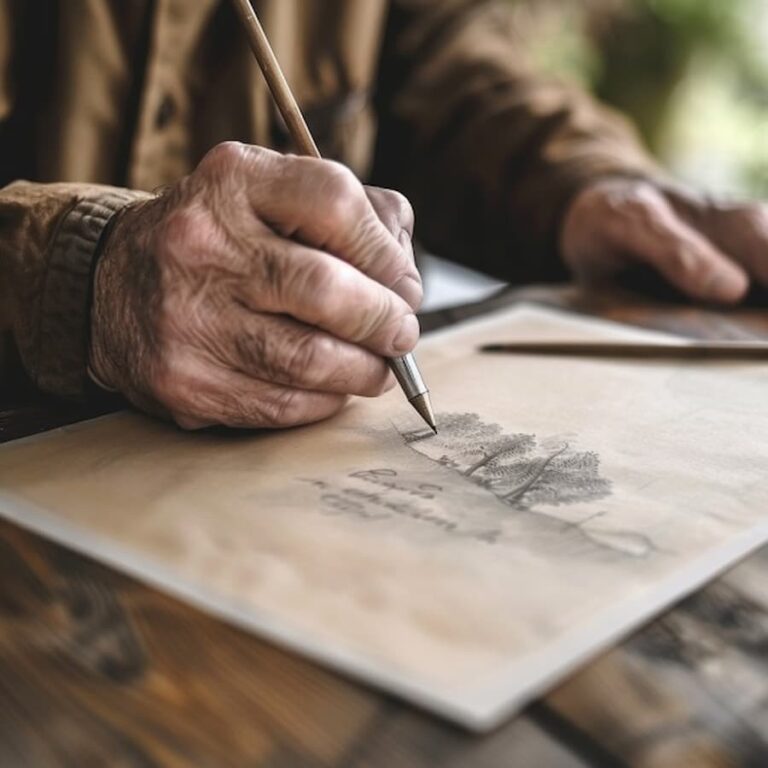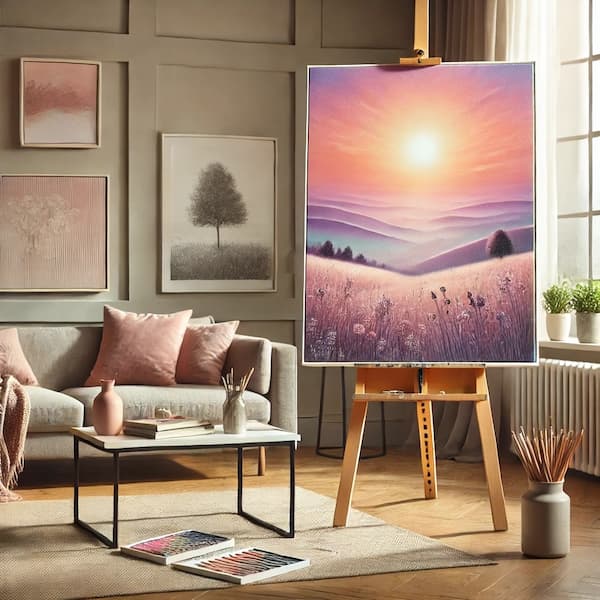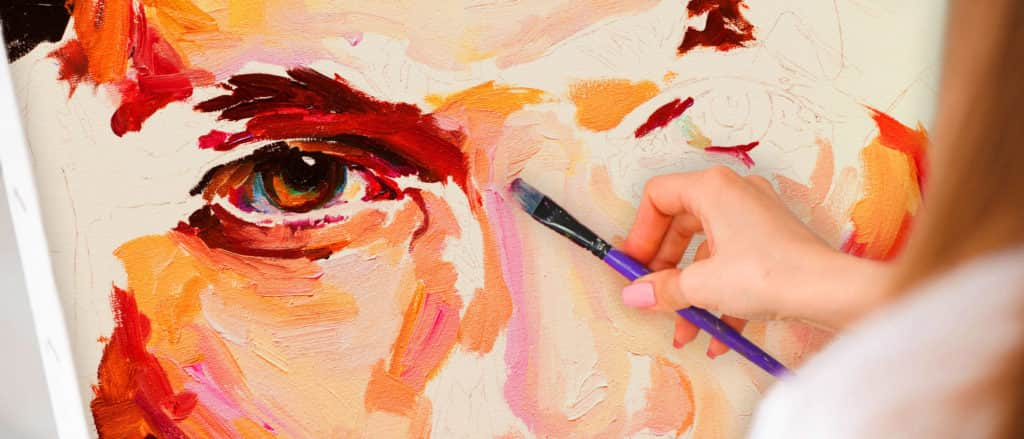Hello, Artenauta! In this post we talk about one of the pigments that a basic painter’s palette should include: cyan blue.
Although some shades of mid-blue may seem very similar, they are not. There are compositional differences between them that make them behave differently when mixed with other shades or when refracting light.
Here’s what we tell you;
Characteristics of cyan blue
It is interesting to know in order to work with him:
- It is one of the three primary colors (along with magenta and yellow) with which, according to Color Theory, we can obtain any other tone as a result of the different mixtures between them.
- It is a saturated light blue with medium tonality.
- It is the most neutral blue we can find, which tends neither to green nor to purple. It is in perfect dark balance to help us with the most basic shade blends.
- In a basic palette we can substitute cobalt blue (which has a higher price) for cyan blue, since, although the tone is a little more muted than cyan, cobalt is often used as a primary color as well.
- It owes its name to cyanine, a colorant discovered in 1856 by Greville Williams.
- It is also called cyan, cornflower and cyano.
- The cyan pigments we use in paint are usually made from copper phthalocyanine, a dye developed in the 1920s.
- Cyan blue is not the most recommended shade for working with glazes.
Understanding and assimilating Color Theoryis of vital importance in order to work with paint and obtain the desired results, avoiding unnecessary waste of pigments and achieving much more vibrant and realistic finishes.
To learn how to handle color, as well as all the techniques and materials you need to know to paint like a real professional, we recommend you to visit our Painting Course for beginners, where we teach you all the concepts, techniques and materials for you to become a true artist, finding and developing your own style and getting to where you propose.

